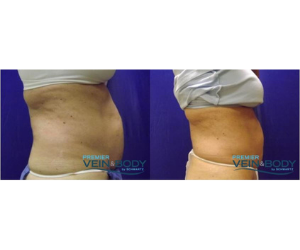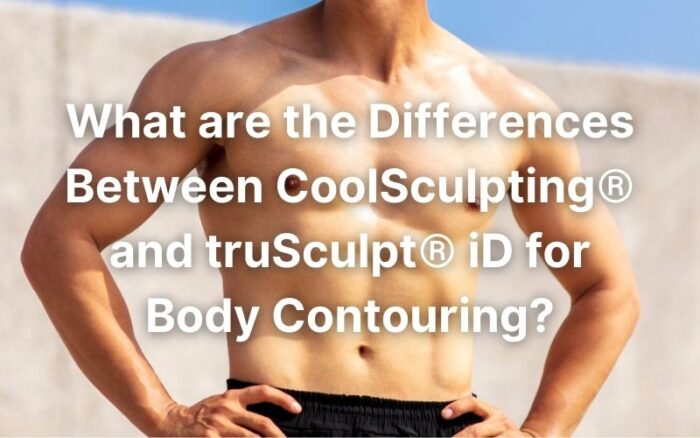Since 2011, when CoolSculpting revolutionized the field of non-invasive fat reduction by harnessing the power of cryolipolysis to freeze and break down unwanted fat cells, many patients across the nation have experienced a condition known as paradoxical adipose hyperplasia, or PAH, after having a single or multiple treatments. Although this is not a new possible side-effect, recent media attention has increased awareness about this unfortunate condition that can follow a CoolSculpting procedure.
MENUMENU
- About
- Veins
-
- Aesthetics
-
-
- Facial Treatments
- Carbon Laser Peel
- Dermal Fillers
- Double Chin Reduction
- Eye-juvenation
- Facial Fat Transfer
- Laser Skin Rejuvenation
- MIRAPeel
- Neurotoxins
- Non-Surgical Blepharoplasty
- Opus Plasma Fractional Skin Resurfacing
- Permanent Makeup Removal
- Photorejuvenation
- Renuvion®
- Skin Tightening
- Tixel® Acne Treatment
- Tixel® Skin Resurfacing
- Facial Treatments
-
- Results
- Patient Info
- Contact



